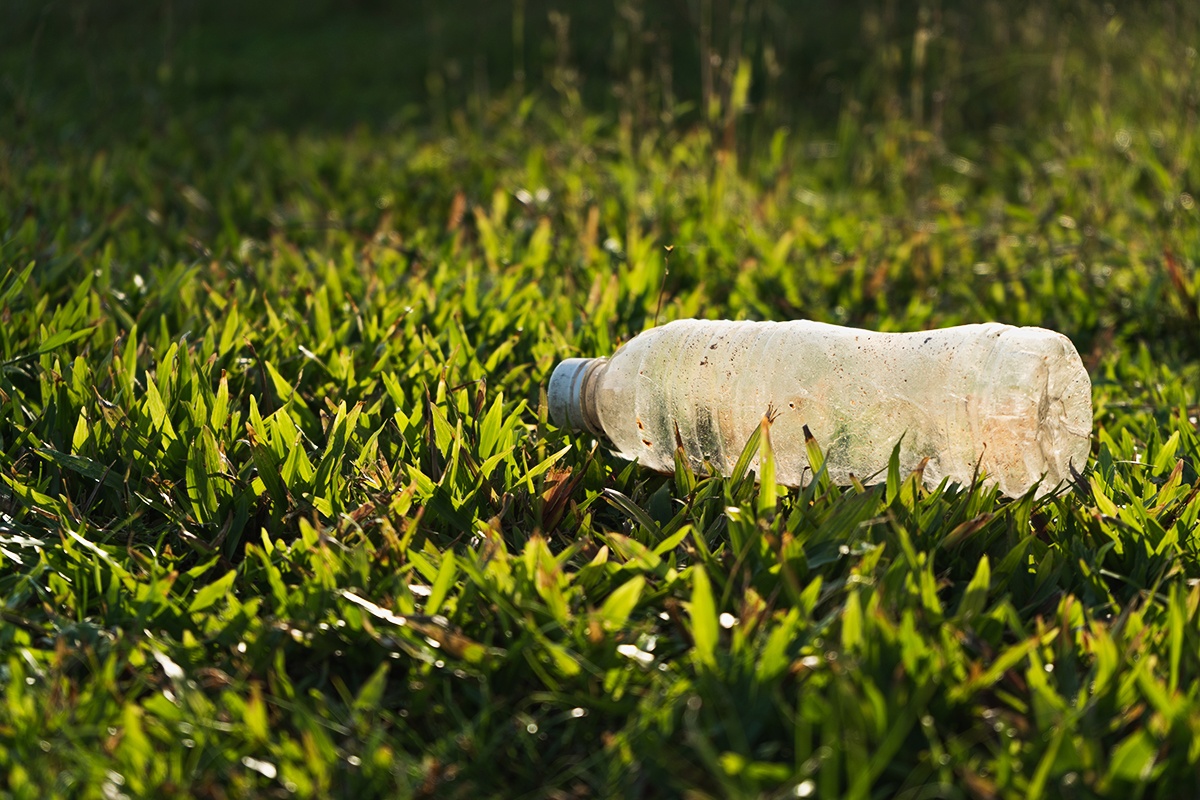
[RESEARCH REVIEW] New materials are emerging; can they shift current technologies?
Ole Martin Kristiansen | November 27, 2018
The technology of cellulose fibrils/nanocellulose is breaking new grounds, and my research review this week is focusing on materials development. So if you are wondering how new increasingly sustainable nanocellulose/thermoplastic solutions are looking, you should not miss out on this week’s research review!
Mixing nanocellulose and plastics: are we seeing a new sustainable alternative emerging?
Mixing plastic materials and nanocellulose has been discussed for decades, and the world is increasingly fighting the plastic pollution. The EU has for instance a backing legislation that will ban single-use plastics from 2021 and set a target of 90% bottle recycled by 2025. To fight the increasing problem of plastic pollution, cleaning and recycling will be important, but for new plastics produced it will be very important to improve the biodegradability, renewability and sustainability of such products.

Green Science Alliance in Japan, together with Fuji Pigment Co. Ltd. have been working on mixing the highly sustainable nanocellulose with a wide range of different thermoplastic plastics. The reasoning behind this is to join the strength characteristics of the renewable nanocellulose with the benefits of the plastics. They mixed nanocellulose with for instance polyethylene (PE), polypropolene (PP). They also mixed the nanocellulose with biodegradable plastics like poly lactic acid (PLA) and starch-based plastics. They are looking to create more lightweight single use products that could replace current plastic straws, cups, cup lids, food boxes etc. And with the upcoming ban on single use plastics, lighter and increasingly durable multiple-use bio-based plastics is what we need?

The key in Green Science Alliance/Fuji innovation: their newly developed process. One of the main challenges for a long time with nanocellulose composites has been the incompatibility between the hydrophilic nanocellulose and hydrophobic resins used for plastic production. Fuji Pigment has now found a process which makes the mixing viable. One of the main findings was also that the mechanical strength increased (example: PE tensile strength is 10.5 N/mm2, while CNF/PE had a tensile strength of 24 N/mm2). This looks both promising and exciting!
Did you miss anything?
Here's a complete list of our market reviews from 2018:
- September 4th: This review's topic might surprise you, it did at least to us.
- July 17th: A first step (literally) for green shoes..?
- May 29th: Aquaculture + wood = improved composites
- April 3rd: This battery is based on... [take a guess]
- February 6th: Wearables special
Want to know more on cellulose fibrils and explore its enormous potential? Say hello to the product in our free eBook Microfibrillated Cellulose at a glance;
